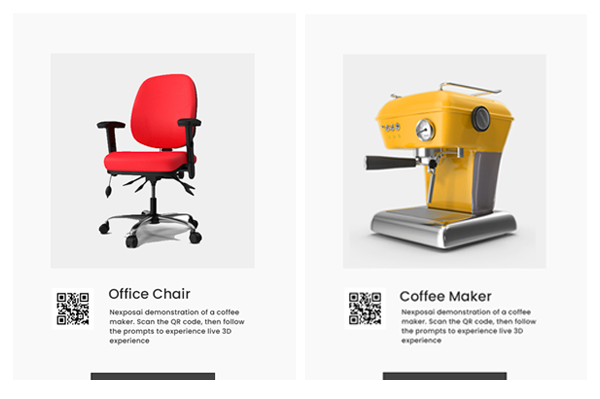Revolutionize Industrial Showcasing with Augmented Reality
Augmented Reality (AR) has emerged as a game-changing technology that is transforming various industries, and the industrial sector is no exception. With its ability to overlay digital information onto the real world, AR is revolutionizing the way industrial equipment is showcased and demonstrated. In this article, we will explore how AR is making industrial showcasing easier and more effective than ever before.
Enhanced Visualization
One of the key advantages of using AR for demonstrating industrial equipment is the enhanced visualization it offers. Traditional methods of showcasing often involve static images or videos, which can be limiting in terms of conveying the true scale and functionality of complex machinery. AR, on the other hand, allows users to view and interact with virtual 3D models of the equipment in real-time.
By simply pointing their smartphone or tablet at a designated marker or using AR glasses, users can see the equipment overlaid onto their physical environment. They can explore different angles, zoom in on specific components, and even interact with the virtual model to understand its functionality better. This immersive experience provides a level of detail and realism that was previously unimaginable.
Remote Collaboration
AR also enables remote collaboration, which is particularly valuable in the industrial sector. With AR-powered collaboration tools, experts can remotely guide and assist technicians or clients in real-time. This eliminates the need for costly and time-consuming on-site visits, as well as the risk of miscommunication or errors.
For example, imagine a scenario where a technician encounters a complex issue with a piece of industrial equipment. By using AR, they can share a live video feed of the problem with an expert located elsewhere. The expert can then overlay digital annotations, instructions, or even virtual hands-on guidance onto the technician’s view, helping them troubleshoot and resolve the issue more efficiently.
Training and Onboarding
AR is also proving to be a valuable tool for training and onboarding employees in the industrial sector. Complex machinery often requires extensive training to operate safely and effectively. AR can simplify this process by providing interactive and immersive training experiences.
Using AR, new employees can learn about the equipment’s features, operation procedures, and safety protocols through virtual simulations. They can practice tasks in a risk-free environment, gaining confidence and proficiency before working with the actual equipment. This not only reduces the risk of accidents but also accelerates the onboarding process, allowing businesses to quickly integrate new employees into their operations.
Improved Sales and Marketing
AR is a powerful tool for sales and marketing teams in the industrial sector. Instead of relying solely on brochures or static product catalogs, businesses can use AR to create interactive and engaging product demonstrations.
By incorporating AR into their sales presentations, businesses can showcase their industrial equipment in a visually compelling way. Potential customers can see the equipment in action, explore its features, and even visualize how it would fit into their own facilities. This immersive experience not only helps businesses stand out from the competition but also increases customer understanding and confidence in the product.
The Future of Industrial Showcasing
The potential of AR for demonstrating industrial equipment is vast and continues to expand. As the technology evolves, we can expect even more advanced features and capabilities. For example, AR glasses with built-in sensors could provide real-time data and analytics about the equipment’s performance, enabling predictive maintenance and optimizing operations.
Furthermore, as AR becomes more accessible and affordable, businesses of all sizes can leverage its benefits. Whether you are a large manufacturing company or a small-scale industrial operation, AR can help you showcase your equipment effectively, streamline processes, and drive business growth.
In conclusion, AR is transforming the way industrial equipment is showcased and demonstrated. Its enhanced visualization, remote collaboration, training capabilities, and marketing potential make it an invaluable tool for businesses in the industrial sector. By embracing AR, businesses can stay ahead of the competition, improve customer experiences, and unlock new opportunities for growth.





